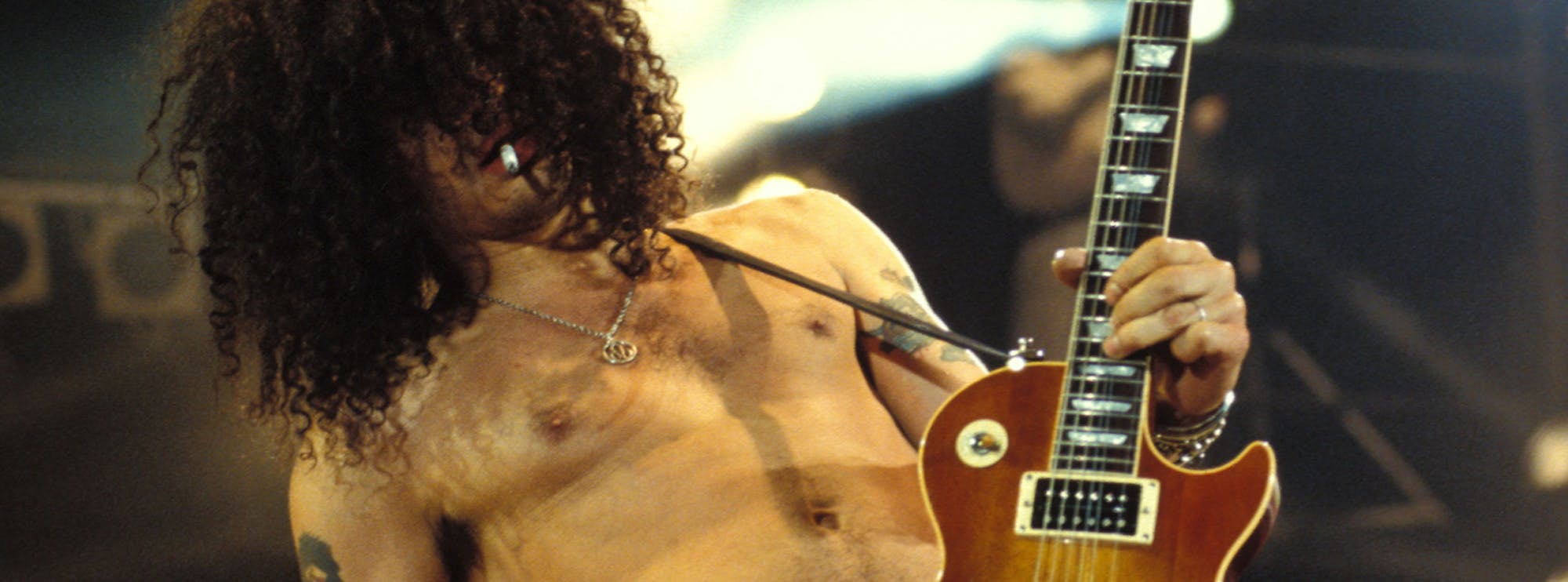"Dreams" by Van Halen: Guitar Lesson
Introduction
"Dreams" is a hallmark song by the legendary band Van Halen, coming from their 5150 album. For guitarists, it's not just a rock anthem, but also a study in technical mastery, musicality, and the unbounded creativity of Eddie Van Halen, the band's iconic lead guitarist. Sam Bell walks us through every note and technique.
Chord Progressions and Scales
The song mainly revolves around a straightforward chord progression, essentially based on the G Major scale. The chords you hear predominantly are G, C, D, and Em, which fit within the diatonic framework of G Major. It offers a perfect backdrop for Eddie to lay down some of his most emotionally resonant solos and riffs.
Now, what scales do you need to jam along? The G Major and E Minor pentatonic scales should be your go-to here. Eddie also employs the Mixolydian mode, providing a bluesy feeling that adds depth to the track.
The Solo
Ah, the solo—a masterpiece! In terms of its construction, Eddie Van Halen employs a barrage of techniques to get the tones and textures just right. Let's break it down:
- Melodic Phrasing: The solo begins with a melodic phrase that mimics the vocal melody, establishing a familiar ground before launching into the pyrotechnics.
- Bends and Slides: Eddie uses a generous number of bends and slides, particularly the half and full-step bends to create tension and release.
- Arpeggios and Runs: Quick arpeggios form the body of the solo. Eddie uses the notes of the underlying chords to build arpeggio-based licks.
- Two-Handed Tapping: An Eddie Van Halen signature! He uses tapping to embellish the already intricate melody.
- Whammy Bar: A dive bomb right at the end gives a dramatic climax to the solo.
Eddie Van Halen's Style
Eddie Van Halen is a guitar god for a reason. His playing style is an amalgam of technical prowess, melodic sensibility, and sheer, raw emotion. In "Dreams," he uses his favourite Frankenstrat guitar to rip through scales, arpeggios, and bends as if they are an extension of his own vocal cords. The tonality achieved is a result of his unique setup, involving a Marshall amp with customised EL34 tubes and effects like phasers and flangers dialled down to complement, not overpower, the guitar's natural sound.
Techniques Used
For those looking to dig deeper into the specific techniques used, here's a list:
- Vibrato
- Alternate Picking
- Legato
- Tapped Harmonics
- Double-Stop Bends
- Unison Bends
- Pinched Harmonics
- Trills
- Tremolo Picking
- Chord Progressions
- Arpeggios
- Dive Bombs
- Harmonics
- Pull-Offs
- Two-Handed Tapping
- Power Chords
In summary, "Dreams" by Van Halen is more than just a song; it's a clinic on guitar playing by one of the greatest guitarists ever to walk the Earth. From chord progressions and scales to an emotionally charged solo, it serves as a masterclass in both technical skill and musicality. By dissecting the elements that make up this track, one can gain valuable insights into the world of rock guitar and the genius of Eddie Van Halen.

About The Tutor
Tutor Profile
Sam Bell
Sam Bell has been playing guitar from the age of 4, since then he has played many styles from Funky Blues to screaming Metal/Fusion on 8 string guitar. A member of UK tech metal band ‘Mask of Judas’, he is also currently writing his own solo instrumental album. He also...




